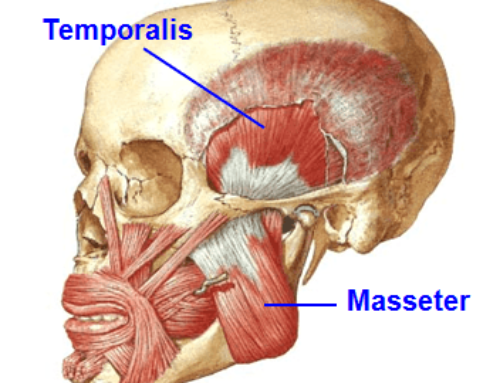What is TMJ?
TMJ is an umbrella term that encompasses a broad range of conditions affecting the temporomandibular joint (the joint responsible for connecting the lower jaw to the skull). While medication can provide symptom relief for TMJ, it will rarely address the root cause of the condition.
Signs and Symptoms of TMJ
The two most common causes of TMJ disorders are prior injury to the TMJ joint or excessive grinding of the teeth.
Pain and discomfort in and around the jaw is the most common symptom of TMJ. Other symptoms include ear pain, jaw stiffness, tinnitus (ringing in the ears), headaches, popping or clicking when opening the mouth, and malocclusion of the top and bottom teeth.
How the Upper Cervical Spine Affects TMJ
The upper cervical spine is a frequently overlooked factor in TMJ disorders. In fact, the upper cervical spine often plays a key role in the occurrence of TMJ, typically due to the relationship between the cervical vertebrae and the trigeminal nerve.
The trigeminal nerve is responsible for controlling the mastication muscle group — these muscles are located around the jaw and are responsible for helping to chew food. When the vertebrae in the upper cervical spine are pushed out of alignment, it can impact this nerve, impeding or even blocking nerve signals. Over time, this can result in uneven mastication muscle tone, with one side usually becoming stronger than the other. Left untreated, this imbalance can pull the jaw out of position, misaligning the bite of the lower jaw and triggering other TMJ symptoms.
How Our Natural TMJ Treatment Works
Blair upper cervical chiropractic care is a non-invasive form of chiropractic treatment that focuses on the health and function of the upper cervical spine. When treating patients with TMJ, Blair chiropractic specialists will first need to examine the upper cervical spine. This process will determine whether there is a spinal misalignment that is triggering your TMJ symptoms. To pinpoint the exact location of any misaligned vertebrae, Blair practitioners often use cone beam computed tomography scans and other advanced diagnostic tools.
If a misalignment is detected, your Blair upper cervical chiropractor will create a specialized treatment plan to realign the affected vertebrae. This typically involves a series of gentle, non-invasive manipulation techniques to coax the vertebrae back into their correct position. This process is usually completely painless and, unlike traditional chiropractic care, will never require any painful twisting or cracking. Once the vertebrae are restored, the pressure on the trigeminal nerve is released and your TMJ symptoms will begin to subside.



